The History of Auto Mechanics: From Early Repair Shops to Digital Diagnostics

Sharing this:
When automobiles first appeared on American roads in the early 1900s, few could imagine the profound transformation awaiting the auto repair industry. The history of auto mechanics is a story of adaptation, innovation, and technological revolution that parallels the evolution of the vehicles themselves.
From early blacksmith-run workshops to today's high-tech diagnostic centers, automotive repair has become a dynamic, skilled profession crucial to keeping America moving.
Early Beginnings: Blacksmiths and Bicycle Mechanics (1890s-1920s)
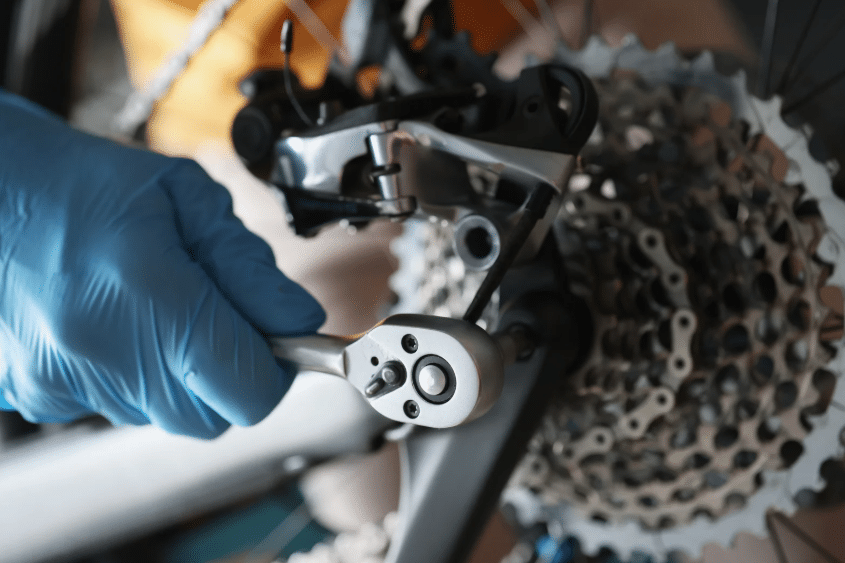
In the earliest days, cars were rare and unreliable, maintained by blacksmiths, bicycle repairmen, and machinery tinkerers. There was no formal auto repair industry yet. Blacksmith shops adapted to the needs of the motorized carriages, offering basic repairs using skills honed on wagons and horseshoes.
By 1910, as Ford's Model T made cars more accessible, dedicated repair shops emerged, often operating from converted stables or carriage houses. Mechanics relied heavily on intuition and improvised tools to fix mechanical issues. Service stations that sold fuel and offered maintenance created the foundation for the modern auto repair shop model.
Growth and Standardization (1930s-1950s)
Despite the economic strains of the Great Depression, car ownership remained widespread. The need for standardized repair methods grew. Manufacturers began publishing detailed service manuals, offering mechanics consistent guidance. Training programs emerged, formalizing what was once only learned through experience.
The 1940s, driven by the demands of WWII, produced a generation of skilled mechanics trained on military vehicles. After the war, many veterans opened repair shops, helping to fuel a boom in car maintenance services. The late 1940s and 1950s saw the rise of dealership service centers alongside independent garages, introducing multi-bay layouts and service advisors, structures still common today.
The Age of Specialization (1960s-1970s)
As cars became more complex, specialization became essential. The arrival of imported vehicles, emission control systems, and electronic ignitions demanded new knowledge. Dedicated import repair shops and specialists for systems like brake repairs and steering, and suspension repairs began to appear.
The establishment of the National Institute for Automotive Service Excellence (ASE) in 1972 helped standardize mechanic qualifications. Certification became important, ensuring that customers could identify well-trained technicians. This period laid the groundwork for a rapidly approaching technological shift.
The Computer Revolution (1980s-1990s)
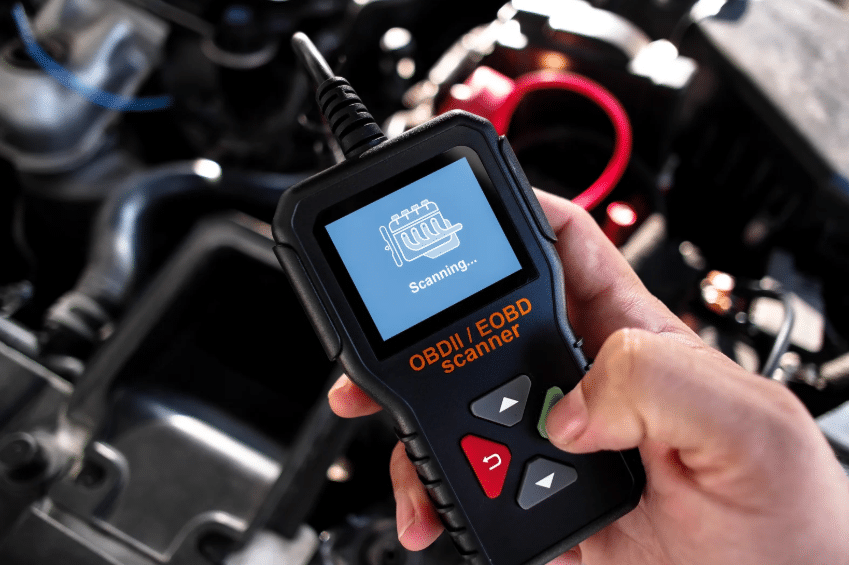
The introduction of onboard computers and early On-Board Diagnostics (OBD) systems in the 1980s marked a turning point. Technicians now needed to understand electronics, not just mechanics. Diagnostic scan tools became critical, allowing mechanics to read fault codes and access real-time performance data. Blue Ridge Automotive offers car diagnostic services to ensure accurate troubleshooting and repairs.
By 1996, OBD-II systems became standard, dramatically improving diagnostic precision and making troubleshooting more efficient. Training shifted to include electronics, sensors, and network systems. The divide between tech-savvy shops and those resistant to change grew wider.
During this time, essential services such as car engine repairs and transmission repairs demanded even greater technical expertise, as computerized components became more common in powertrains. This marked the start of a more structured automotive diagnostic process, streamlining how technicians approached problem-solving in modern vehicles.
The Digital Diagnostic Era (2000s-Present)
The 21st century has pushed digital diagnostics even further. Wireless diagnostic tools, cloud-based platforms, and remote access to manufacturer databases have become essential. Today's vehicles contain up to 100 interconnected computers managing everything from engine performance to driver assistance systems.
Technicians must now master digital tools, network protocols like CAN systems, and calibration procedures for advanced safety features. Electric and hybrid vehicles require certification in high-voltage systems, while remote diagnostics and predictive maintenance are changing customer expectations. Our coolant leak repair services ensure your engine stays protected under any driving conditions.
AI and machine learning are also starting to influence diagnostics, allowing systems to predict failures before they occur. This rise in AI automotive diagnostics is changing the landscape of preventive maintenance. Technicians are increasingly part-software specialists, part-mechanical experts, blending old-world craftsmanship with cutting-edge technology.
Meanwhile, services such as car exhaust repair and oil leak repair have evolved to incorporate precise digital assessments, ensuring efficient and accurate fixes that extend vehicle longevity.
Modern Diagnostic Practices: What Is Automotive Diagnostics?
What is automotive diagnostics? It’s the process of identifying, analyzing, and resolving mechanical and electronic issues in a vehicle using specialized tools and software. Today’s automotive diagnostic process involves interpreting real-time data from multiple systems to ensure vehicle performance, safety, and reliability.
These tools allow technicians to pinpoint issues more quickly than ever before, from minor sensor malfunctions to complex powertrain failures. This level of insight ensures faster, more effective repairs and reduces guesswork, ultimately saving time and money.
The Shift from Guesswork to Precision
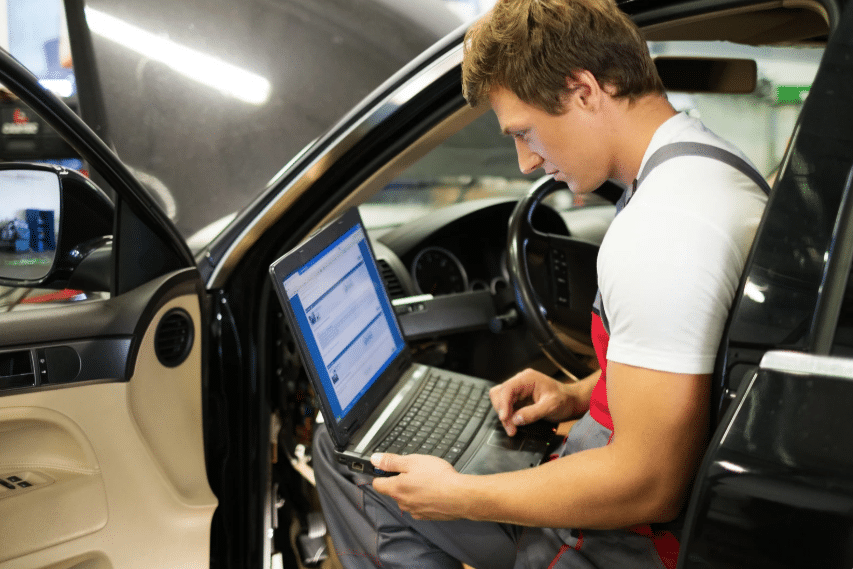
One of the most remarkable changes in the auto industry has been the shift from trial-and-error repair methods to highly accurate diagnostics. In the past, mechanics often had to replace parts one at a time until the issue was resolved. This process was not only costly but also frustrating for vehicle owners.
Modern diagnostic tools eliminate much of this guesswork. With just a few scans, technicians can locate the root cause of a problem with near-pinpoint accuracy. This has led to more efficient repairs, reduced labor costs, and improved customer satisfaction.
Furthermore, diagnostic software is frequently updated with new data, ensuring compatibility with the latest vehicle models and technology. This makes it easier for technicians to stay ahead of emerging issues and service requirements.
The Human Element in a Digital Age
While technology has transformed the automotive repair industry, the role of the technician remains essential. Diagnostic tools provide information, but interpreting that data accurately still requires skill and experience. Technicians must combine digital data with mechanical insight to make the right repair decisions.
Customer communication has also evolved. With access to detailed diagnostic reports, shops can better explain issues and repair recommendations. This transparency builds trust and improves the overall service experience.
AI systems are designed to enhance, not replace, technicians. When used correctly, AI helps reduce diagnostic errors and improve repair timelines, giving technicians the ability to focus on critical tasks that require hands-on expertise.
Training the Next Generation of Technicians
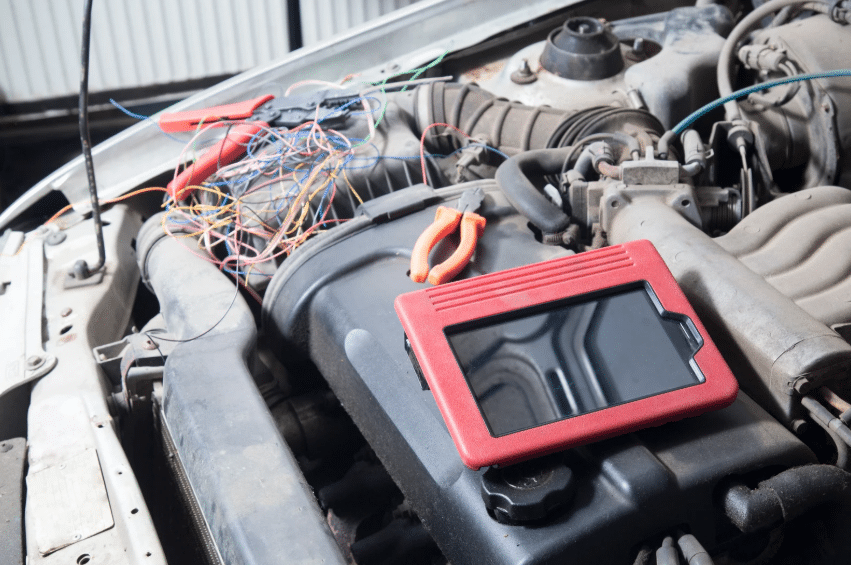
As the industry advances, training programs must evolve alongside it. The next generation of technicians must be well-versed in both mechanical systems and digital diagnostics. Programs now include modules on software troubleshooting, electronic systems, and even cybersecurity as vehicles become more connected.
Continued education is vital. With every new model release, new diagnostic tools and processes are introduced. Technicians must engage in ongoing learning to stay current and remain competitive.
In addition, certifications like ASE remain critical benchmarks of quality. These certifications are increasingly incorporating diagnostic competency to reflect the growing importance of technology in auto repair.
The Broader Impact of Evolving Diagnostics
The advancements in diagnostics extend beyond individual repairs. Fleet operators now use advanced diagnostics to monitor entire fleets in real time. This allows for predictive maintenance scheduling, reduced downtime, and lower operational costs.
Consumers also benefit from enhanced diagnostics through features like remote monitoring and in-dash maintenance alerts. These tools empower car owners to take proactive steps before problems escalate, reducing long-term repair costs.
Environmental impact is another important consideration. Improved diagnostics reduce unnecessary part replacements and minimize waste. They also help maintain fuel efficiency and reduce emissions by keeping vehicles running at optimal performance.
Evolution of Auto Repair Shops and Customer Service
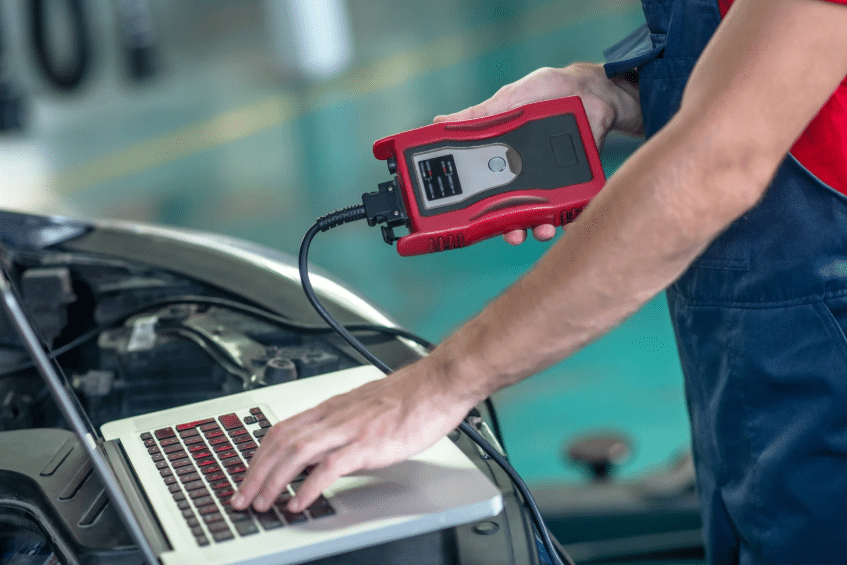
Alongside technological advancements, the structure of auto repair businesses has evolved. Franchise chains emerged, offering standardized services and branding. Mobile repair services gained popularity, offering customers convenience and flexibility.
Modern shops now integrate digital customer service features like online scheduling, CRM systems, and real-time updates. Environmental considerations have also reshaped shop practices, with stricter disposal regulations and greener products. Preventive maintenance has become a priority, aiming to reduce costly repairs through regular checkups like oil change services and car maintenance services.
Services have expanded beyond repairs to include customization, detailing, and advanced diagnostics. Additionally, the rise of tire repair services has become essential, as properly maintained tires are crucial for both performance and safety in today's high-tech vehicles.
The Future of Auto Repair
Looking ahead, augmented reality tools, expanded use of AI, remote repair capabilities, and a surge in electric vehicle service demands are set to transform the profession yet again. Autonomous vehicle systems will introduce entirely new maintenance categories, while sustainability will drive innovations in parts recycling and repair methods.
Auto technicians of the future will need to embrace continuous learning, adapt to new technologies, and prioritize digital literacy as much as mechanical skill. The same spirit of ingenuity that defined the early blacksmiths will continue to guide the industry through its next evolution.
Contact Blue Ridge Automotive to Keep Your Vehicle Running at Its Best
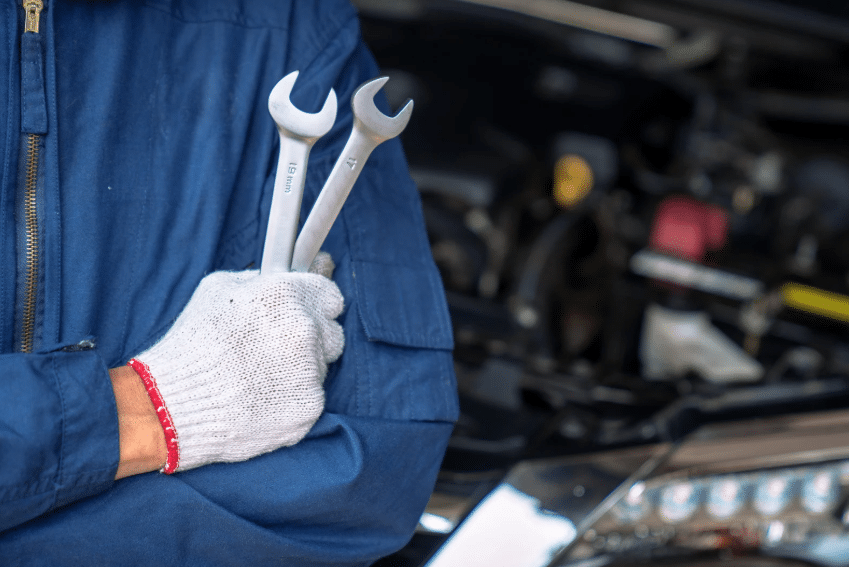
Ready to experience the benefits of modern auto care rooted in decades of trusted expertise? Reach out to Blue Ridge Automotive today. At Blue Ridge Automotive, our ASE-certified technicians combine hands-on craftsmanship with advanced diagnostic technology to keep your vehicle performing at its peak.
Whether you drive a classic car, a hybrid, or the latest electric model, we're here to provide the skilled service you deserve. Schedule your appointment now and drive with confidence knowing your car is in expert hands.



